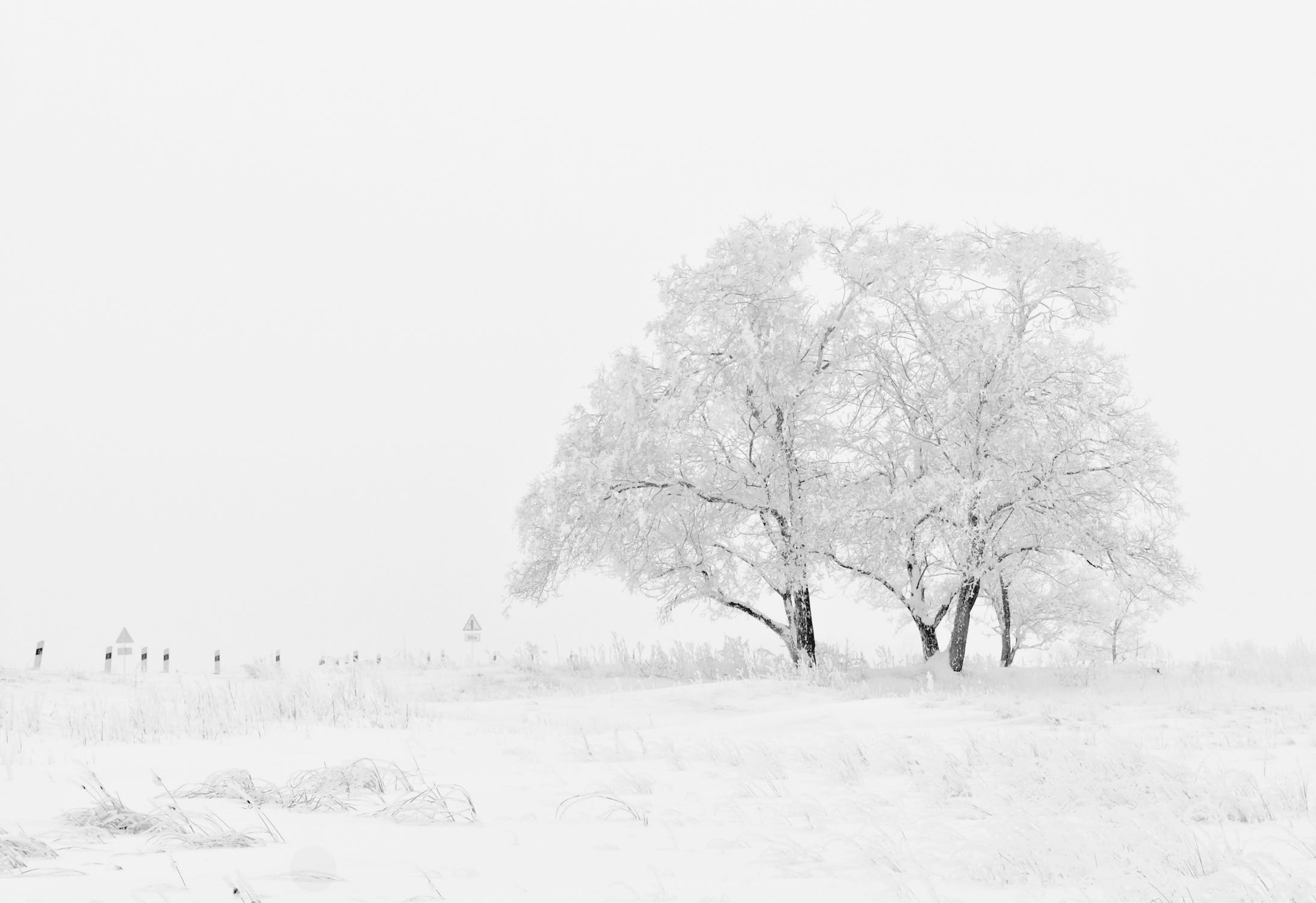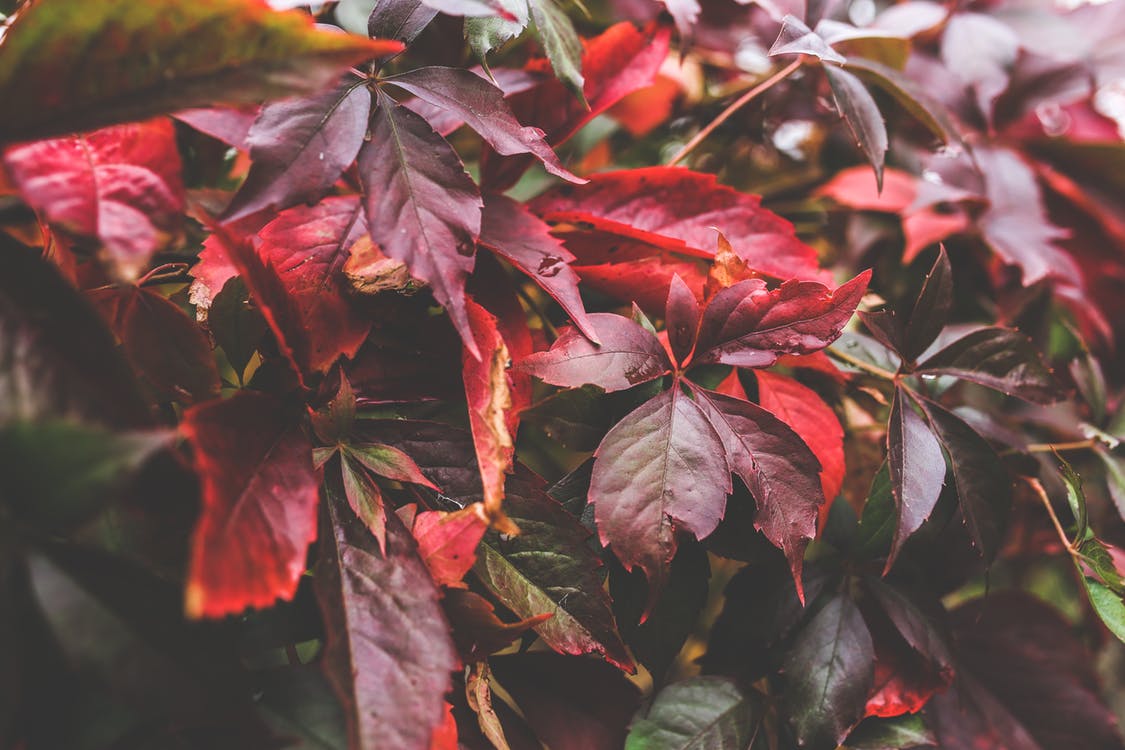
It’s common knowledge that during the winter months, trees become barer. What many people don’t know, however, is how trees are able to stay alive in the bitter cold and are in fact dormant, not dead.
Trees go through a process called dormancy which is similar to hibernation in animals and this is how they are able to stay alive.
What is Dormancy?
This is a period in the tree’s life cycle when its growth and development stop temporarily. The tree’s metabolism slows down significantly which in turn helps the tree to conserve more energy over the colder winter months.
The first part of this process is when the tree begins to lose its leaves. This is due to the tree not making food in the winter, so it no longer has any use for the leaves that would require energy to maintain. The dropping of leaves means deciduous trees can cope better with high winds and heavy snowfall because, without the leaves to act as big sail in the wind, the tree branches can bend and flex, hopefully without causing too much damage to them and the snow has a smaller area to land on.
Trees know when to start dormancy as they are sensitive to changes in environmental conditions such as a drop in temperature and a decrease in the amount of daylight they receive which are the two main factors that determine when a tree will rest for the winter.
Why is Winter a Good Time for Tree Maintenance?
Arborists are able to more easily access your trees with their tree care equipment when the ground surrounding your tree is frozen. Also, pruning deciduous trees in the winter promotes fast regrowth in the spring and decreases the chances for some tree diseases to spread. Pruning branches will leave your trees with open wounds that could possibly be a target for infections but as they conserve their energy in the winter, they have more energy available to concentrate on healing these wounds.
With deciduous trees, it’s also easier to identify any issues with the tree after the leaves have fallen. You’re more easily able to spot any branches that are diseased, dying or dead which means you will be more efficient with your pruning.
If you would like some tips or would like us to come and do the tree pruning then contact us on 0161 456 0989 or 01625 850 320.
How Can You Prepare Your Trees for Winter?
There are a few different ways you can prepare your trees for the cold to ensure they remain as healthy as possible. The first is to prune, as mentioned above, to give them a healthy start to winter.
Repeated freezing and thawing can cause the soil to expand and contract which can cause damage to the roots and pull saplings out of the ground. To counter this, make sure to try and maintain a more constant soil temperature by adding around 2 to 3 inches of mulch around the base of your tree at the end of autumn or the beginning of winter. This insulates the roots and significantly slows down any loss of moisture.
Make sure that you water your trees well before winter begins as the water acts as an insulator. Also, the moist soil tends to stay warmer than dry soil, so this can help to protect roots too.
You can find more methods on protecting your trees in the winter on the Royal Horticultural Society website here.
Get in Touch
If you need more advice on how best to protect your trees in the winter or what we can do to help then get in touch with our team on 0161 456 0989 or 01625 850 320.



Recent Comments